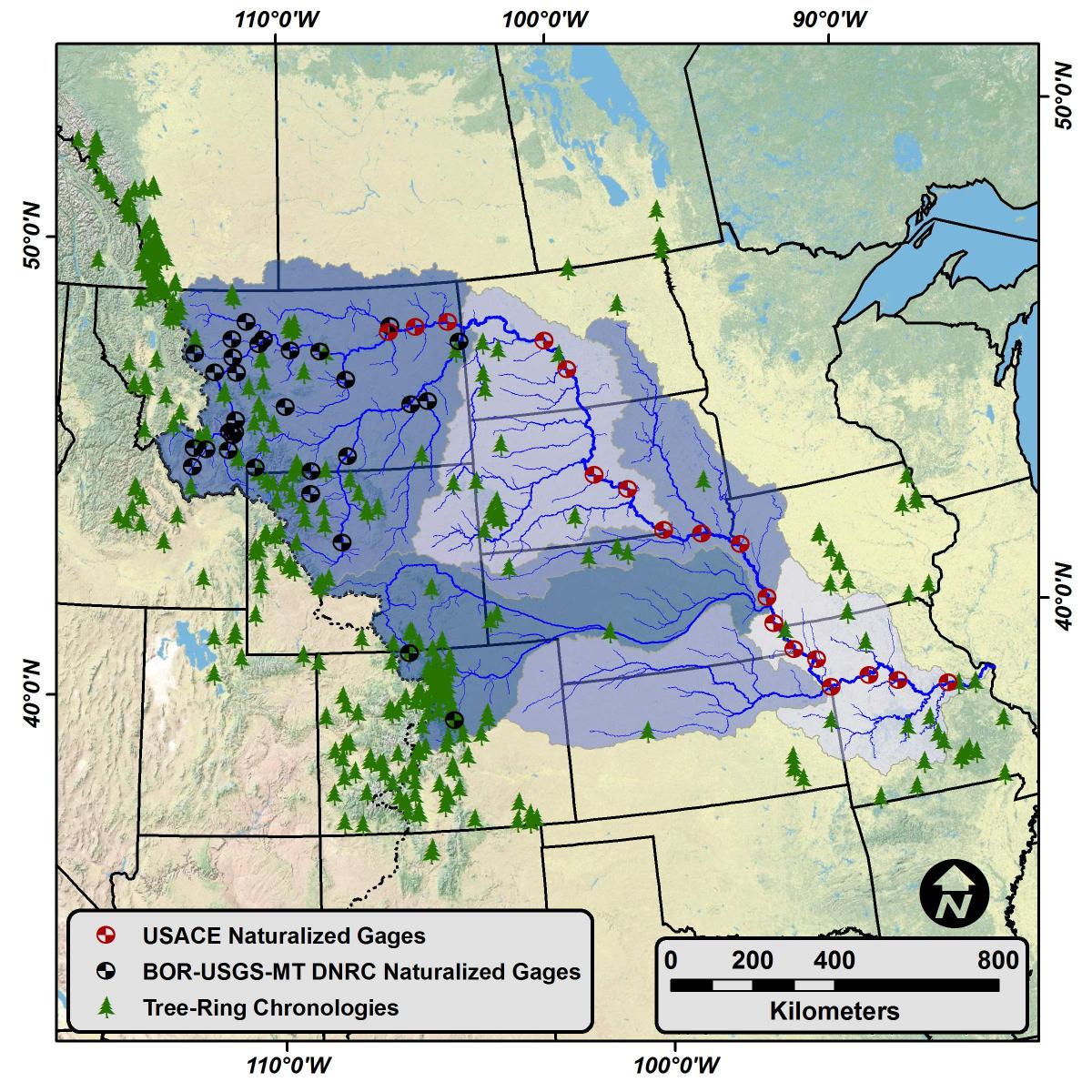Dr. Steven Corns’s research developed deep learning models to predict river gauge heights in unmonitored locations in Missouri. By using publicly available data from 20 different catchment areas, “Deep Learning for Unmonitored Water Level Prediction & Risk Assessment” formed a model to efficiently and accurately predict river water levels up to four hours ahead of a flooding event.
There have been multiple studies conducted that calculated the penetration of floodwaters in proximity to gauged locations using mathematical and machine learning-based models, however, there is a lack of methodology that addresses the issue of calculating similar water levels at unmonitored locations.
This research developed an ensemble of Long Short-term Memory (LSTM)-based deep learning neural networks trained on time series datasets from the United States Geological Survey (USGS) and the National Weather Services (NWS) containing gauge height and catchment rainfall values to predict gauge height readings at virtual gauges located in flood-prone regions. The model’s outputs were then compared against the true gauge of interest values. It was found the deep learning-based models were able to make high-quality predictions with low generalization errors after training, meaning authorities can use these deep learning models to make accurate water level predictions. The predictions could be used to assist first responders in issuing timely and localized flood warnings without having to allocate resources to install gauges.
This project was funded by the Missouri Department of Transportation and US Department of Transportation via the Mid-America Transportation Center. The report was co-authored by professor and department chair Dr. Susanna Long, postdoctoral researcher Dr. Jacob Hale, and graduate research assistants Samuel Vanfossan and Bhanu Kanwar.
Dr. Steven Corns is Associate Chair of Graduate Studies and Associate Professor in Engineering Management and Systems Engineering at the Missouri University of Science and Technology. He has conducted projects as part of the Mid-America Transportation Center involving his expertise in computational intelligence, complex systems, and bioinformatics.
